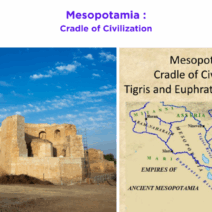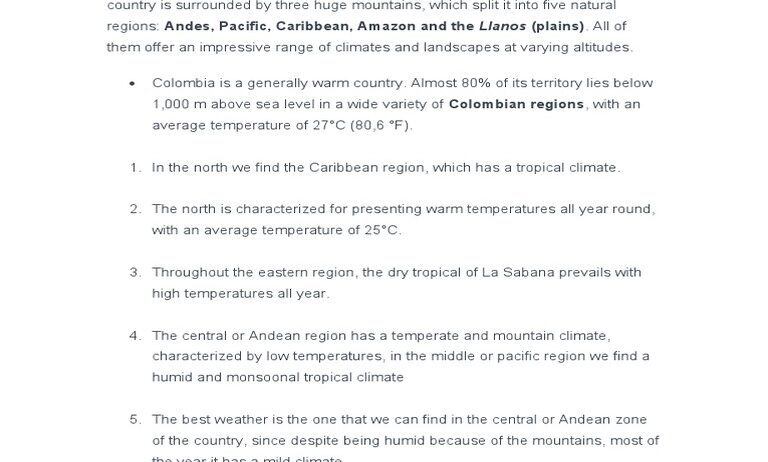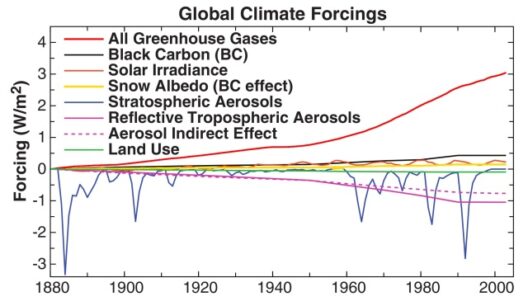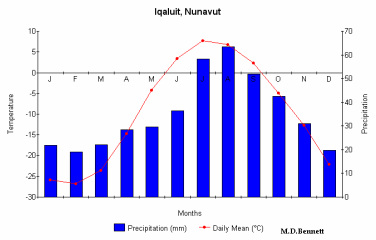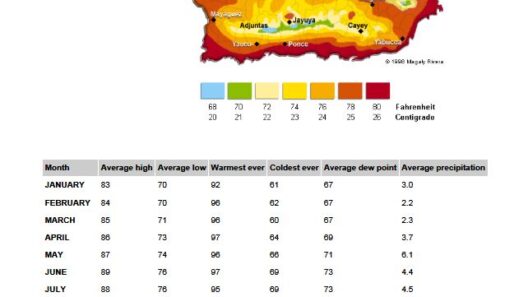Colombia, a nation nestled in the heart of South America, is a vibrant tapestry woven from the threads of climatic diversity. With a multifaceted geography stretching from the tropical Caribbean coasts to the cool Andean peaks, Colombia exhibits an array of climates that enchant and captivate its inhabitants and visitors alike. The nation’s climate is an intriguing blend that mirrors its rich cultural fabric, and it serves as an exquisite metaphor for a kaleidoscope – ever-changing and uniquely beautiful.
The country’s climate is predominantly tropical, characterized by distinguished wet and dry seasons that create a mosaic of biomes, each thriving in its own unique environment. In the lowland tropical regions, one finds a perpetually warm atmosphere, cloaked in lush greenery and teeming with biodiversity. The Amazon rainforest, an emblem of nature’s grandeur, showcases the epitome of Colombia’s tropical climate. As an extensive sprawl of verdant foliage and prolific wildlife, the Amazon serves as both the lungs of the planet and a vital ingredient in the rich collage of Colombian climate.
As one ascends into the Andean highlands, a dramatic transformation occurs. The once sweltering heat gives way to cooler temperatures, reminiscent of a gentle caress from the mountain breeze. In these elevated terrains, two distinct seasons emerge: the dry and the rainy. The dry season, gleaming with sunshine, welcomes vibrant flora and a plethora of avian species that fill the air with melodious tunes. Meanwhile, during the rainy season, the mountains yield life-giving water that cascades down, nourishing the valleys below. Thus, the Andes rise like ancient giants, offering refuge to varied climates and opportunities for biodiversity.
Within this spectrum of climates, there lies a region known as the Coffee Triangle, wherein the interplay of altitude and climate creates a veritable paradise for coffee cultivation. Here, the ideal climatic factors converge – the gently sloping hills, rich volcanic soil, and moderate temperatures characterize a land that yields some of the world’s finest coffee beans. This enchanting microclimate is a statement of the global phenomenon that is climate, which shapes cultures and economies alike.
Yet, the climate of Colombia transcends mere meteorological observations; it refracts through the prism of human experience and cultural expression. In the Caribbean coastal areas, for example, the balmy breezes usher in a laid-back lifestyle, characterized by vibrant festivities and colorful celebrations reflecting the fusion of indigenous, African, and Spanish heritages. The rhythm of the waves is echoed in the vibrant music that fills the air, while the sun-kissed shores invite both locals and tourists to revel in the warmth of fellowship and joy. In contrast, the cooler climes of the highlands inspire a sense of tranquility and introspection, drawing visitors into an embrace of nature’s raw and unadulterated beauty.
Climate change, however, poses an existential threat to the rich climatic tapestry of Colombia. Rising temperatures and erratic weather patterns have begun to disrupt the delicate balance of ecosystems. Ancient glaciers in the Andes are retreating at an alarming rate, while the Amazon rainforest faces unprecedented deforestation, threatening its precious biodiversity. This disquieting reality sheds light on the interconnectedness of climate systems globally; Colombia, though a single nation, is an integral part of the planet’s ecological family.
The paradox of Colombia’s climate is that, while it is susceptible to the caprices of global warming, it also possesses the potential to be a resilient beacon of sustainable practices. The abundance of various ecosystems offers a biological armory against climate change. Colombia is home to an extraordinary number of endemic species, and the continued survival of these species necessitates the conscientious stewardship of their habitats. Protecting and restoring Colombia’s diverse ecosystems could facilitate a more harmonized relationship between humanity and nature.
As advocates for environmental stewardship, it is imperative to recognize the significant role that education and awareness play in combating climate change in Colombia. Sustainable agricultural practices, reforestation initiatives, and responsible tourism can mitigate the impacts of environmental degradation and approach a harmonious equilibrium between development and preservation. Promoting ecotourism can educate visitors while simultaneously providing economic support for local communities, thus fostering a shared responsibility in safeguarding Colombia’s climate.
In conclusion, the climate of Colombia epitomizes tropical diversity at its finest—a vibrant harmony of contrasts woven into the very fabric of the nation. From the feverish hum of the Amazon rainforest to the stoic embrace of the Andes, each climatic facet tells a tale of resilience and adaptation. The need for action is paramount; preserving this climatic symphony for future generations is both a privilege and a responsibility. The time is now to nurture the ecological heritage that thrives within Colombia—a vital piece of our planet’s intricate puzzle, deserving of our unwavering commitment to protect.

